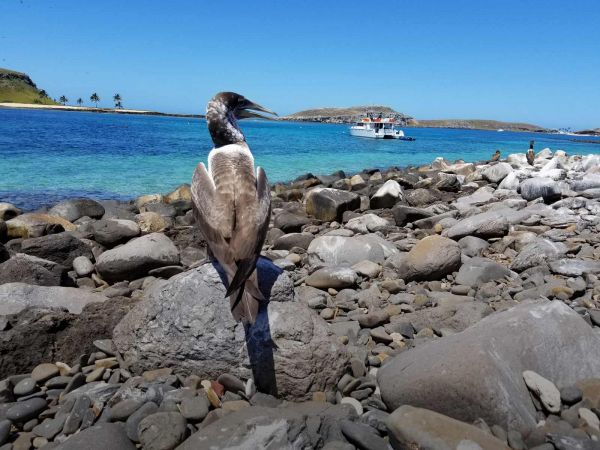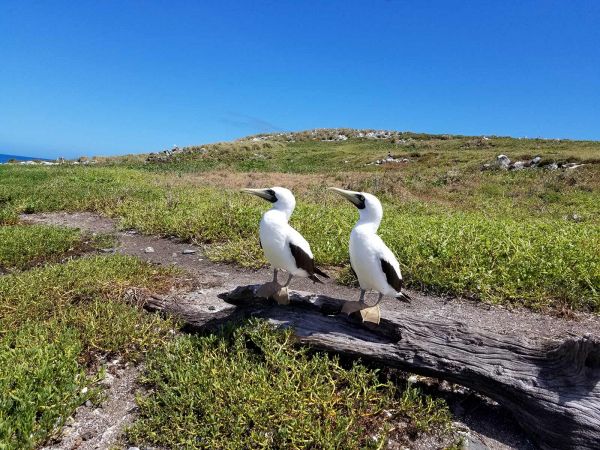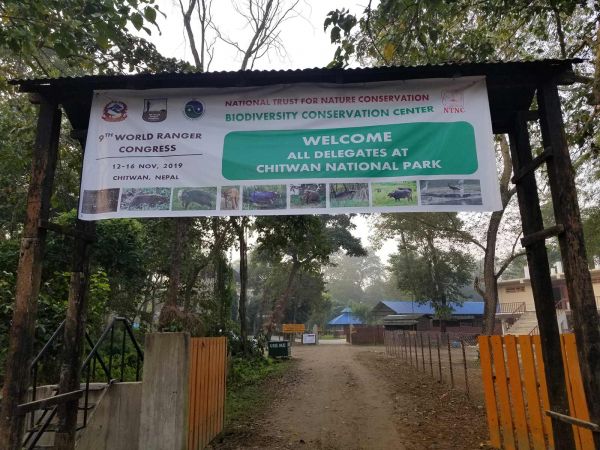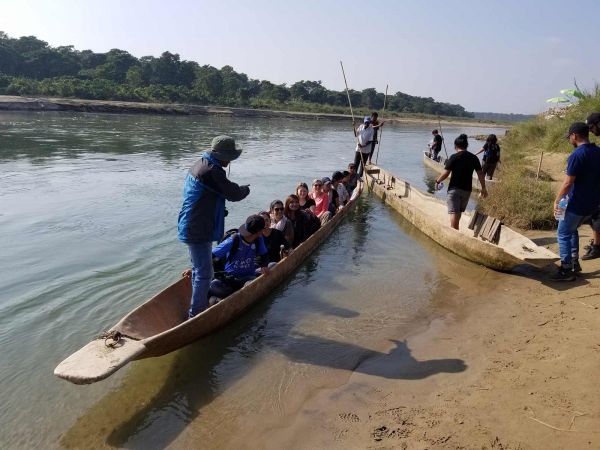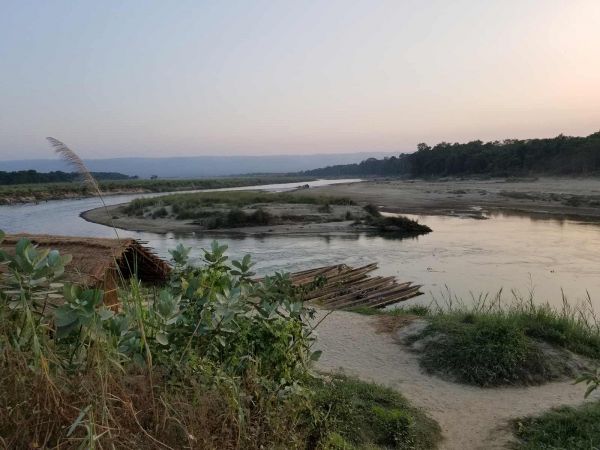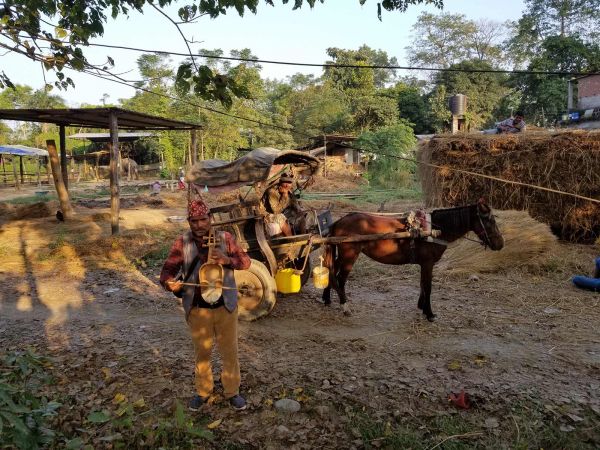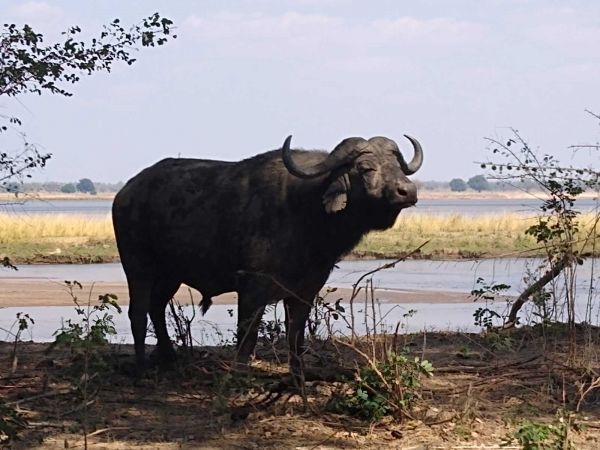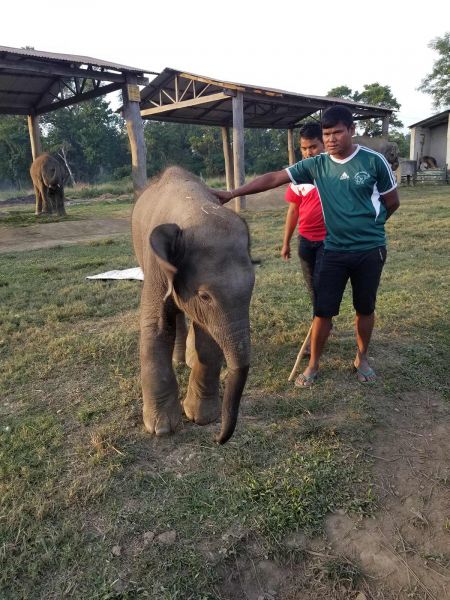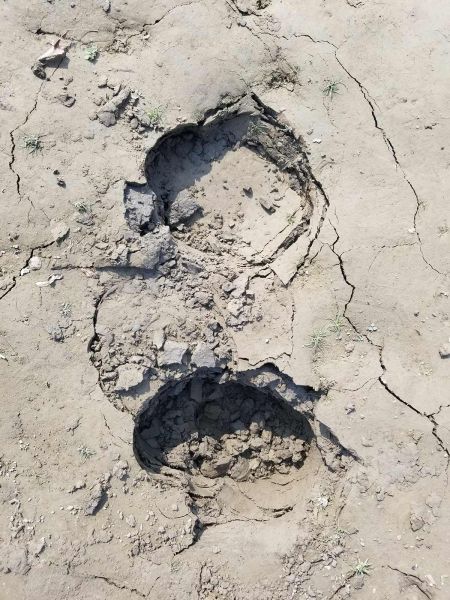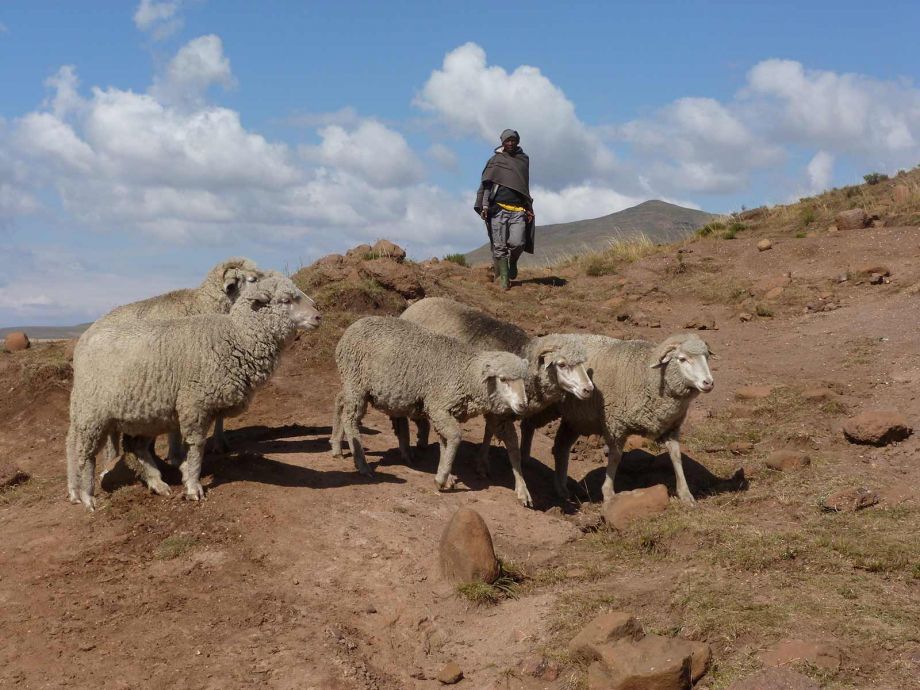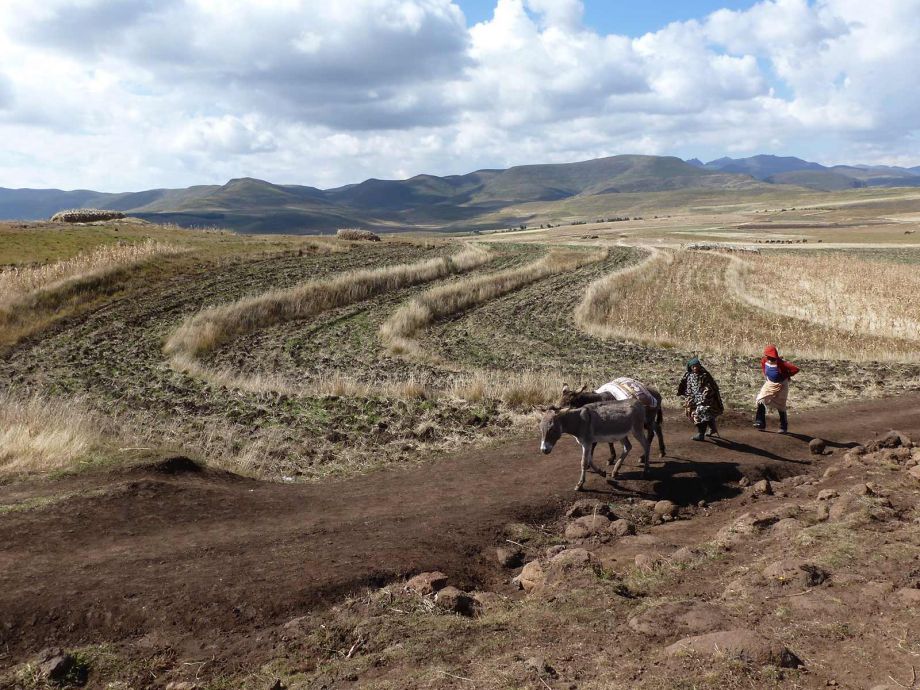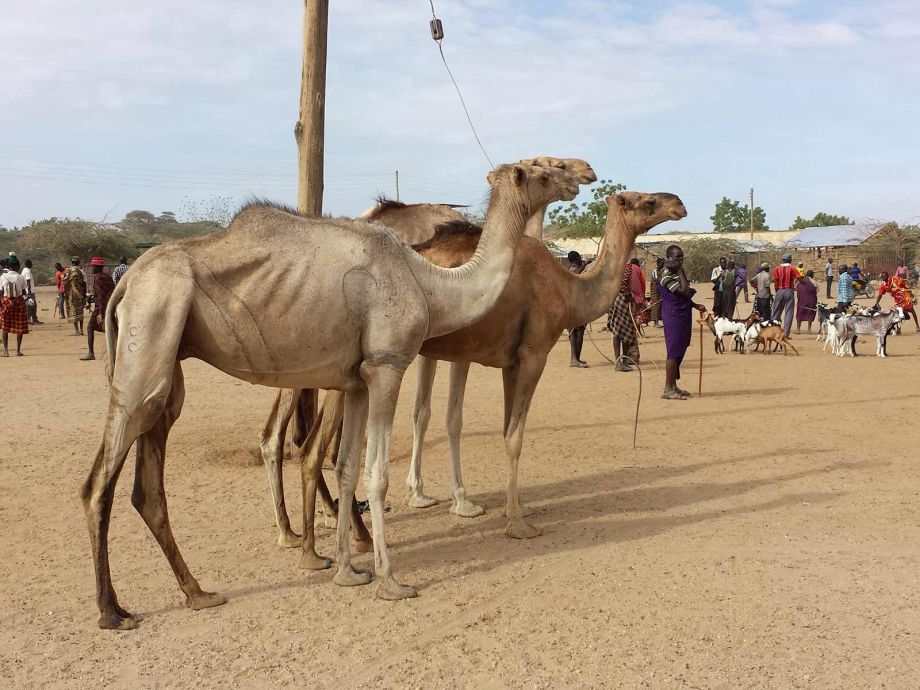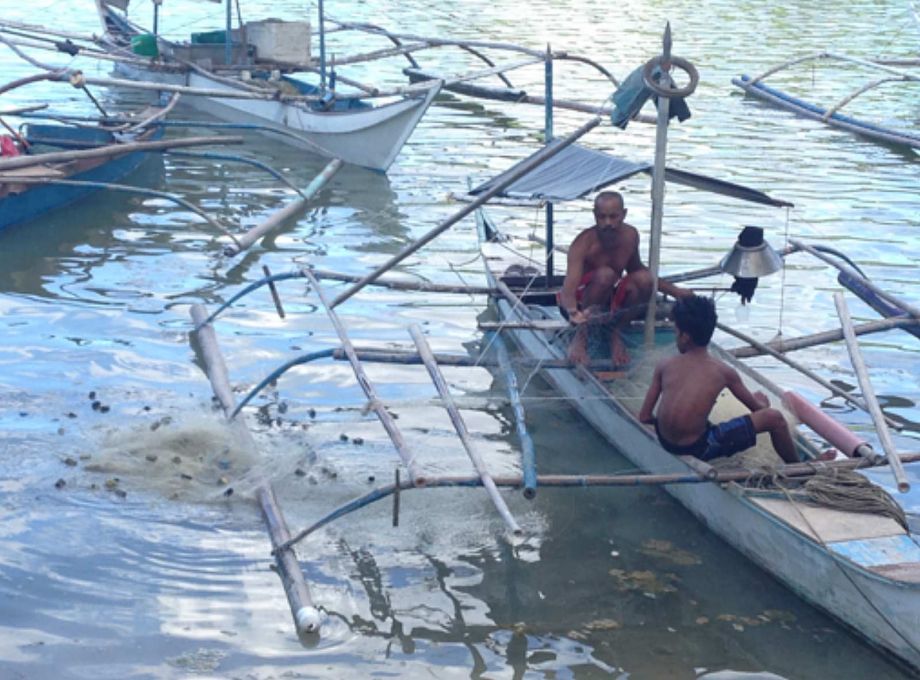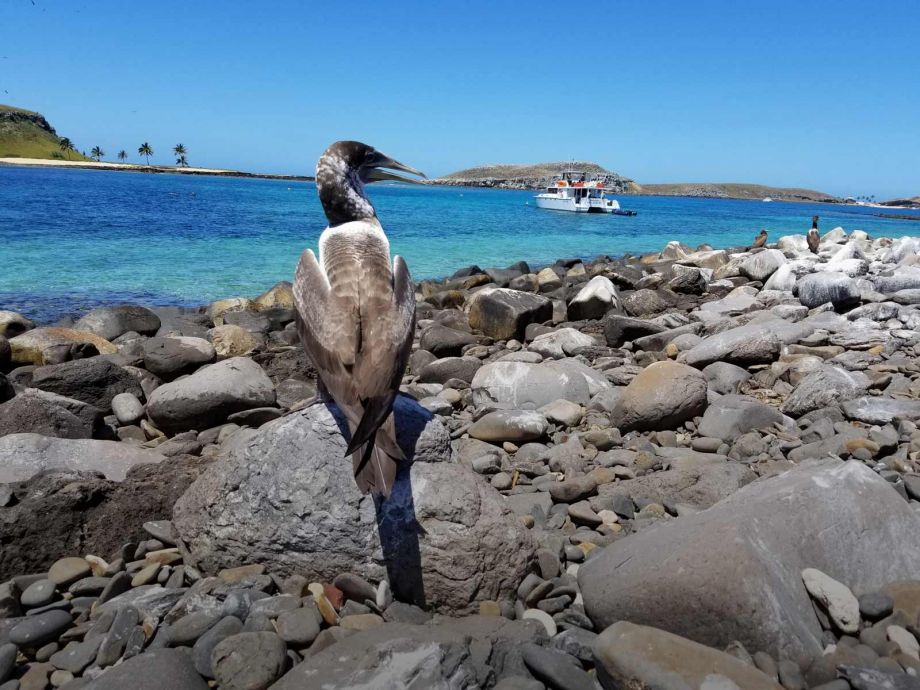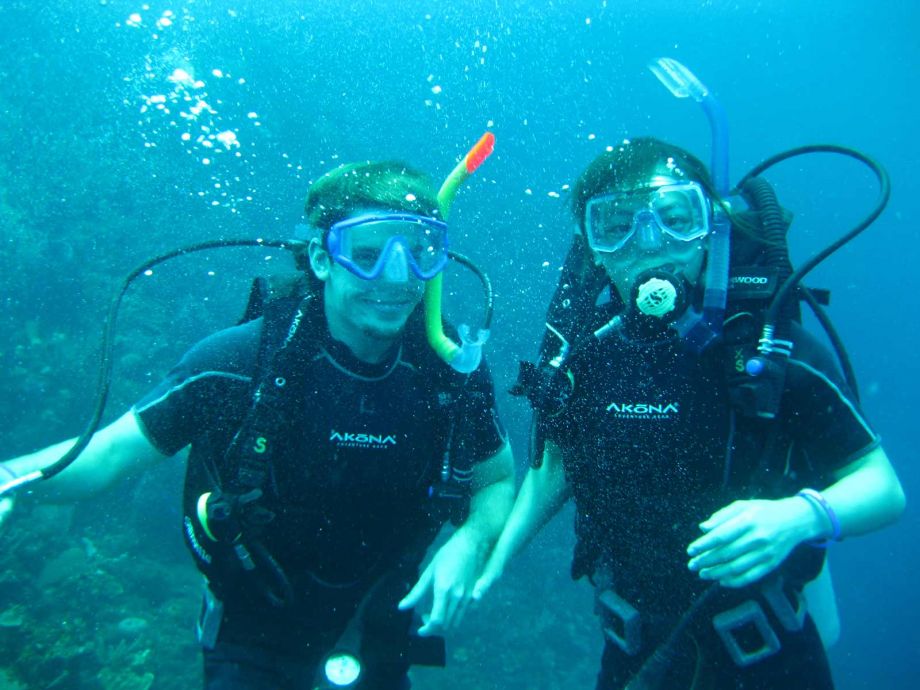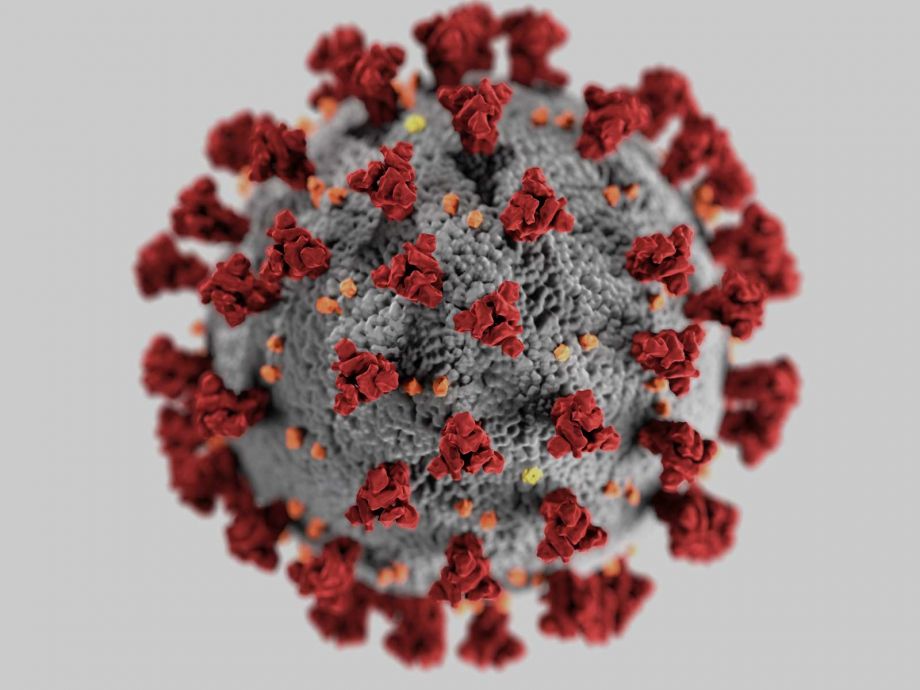Assessing the Economic Impacts of Protected Areas on Regional Economies in Zambia, Fiji, Nepal, and Brazil
Protected areas serve as a critical refuge for endangered biological resources. They also can create economic benefits as nature tourist destinations. Benefits include park entry fees and the income tourists spend at lodges and other tourism businesses, but they also include the many indirect effects that visitor spending creates for businesses and households around the parks and in nearby market towns.
IDRA affiliates designed and implemented a methodology to estimate the total direct and indirect impacts of visitors to protected areas in four countries on the gross domestic product (GDP), or income, around each park, as well as on local production activities and poverty. This project was carried out at Zambia’s Lower Zambezi and South Luangwa National Parks, Fiji’s Mamanuca Islands, Nepal’s Chitwan National Park, and Brazil’s Abrolhos Marine National Park.
Findings from this can be found at The World Bank’s Banking on Protected Areas website, as well as in a publically-accessible article entitled “Economic Impact of Nature-based Tourism,” published in the journal PLOS ONE.
Covid project: Please revise the summary as follows: “Swift response models are vital tools for emergency assistance agencies. The COVID-19 pandemic revealed the lack of economic models for short-run policy relevant research to anticipate local impacts and design effective policy responses. This project developed and implemented a new micro general-equilibrium (GE) modeling approach to quickly simulate impacts of the pandemic and lockdowns on poor and non-poor rural and urban households across sub-Saharan Africa.”
Then, on the linked “READ MORE” page, change the text to this: “Swift response models are vital tools for emergency assistance agencies. The COVID-19 pandemic revealed the lack of economic models for short-run policy relevant research to anticipate local impacts and design effective policy responses. This project developed and implemented a new micro general-equilibrium (GE) modeling approach to quickly simulate impacts of the pandemic and lockdowns on poor and non-poor rural and urban households across sub-Saharan Africa.
Monte Carlo bootstrapping was used to construct four stylized regional GE models from 34 existing local economy-wide impact evaluation (LEWIE) models. Simulations revealed that the pandemic and policy responses to curtail its spread were likely to affect rural households at least as severely as urban households. Simulated income losses are greater in poor households in both urban and rural settings. These findings are relatively consistent across models spanning sub-Saharan Africa. Because COVID-19 impacts are so far-reaching, all types of economies experience downturns.
Our research underlines the importance of modeling assumptions. We find total annualized impacts of around a 6-percent loss of GDP, smaller than estimates from single-country models that ignore price effects, such as SAM-multiplier models, but in line with The World Bank’s baseline forecast of a 5.2% contraction in global GDP in 2020. The largest negative impacts are on poor rural households.
The findings from this study were published in a publicly-accessible article entitled “A Local General-equilibrium Emergency Response Modeling Approach for Sub-Saharan Africa”, published in the journal Agricultural Economics.
Funding Agency: The World Bank, Environment, Natural Resources, and Blue Economy and Global Wildlife Program
